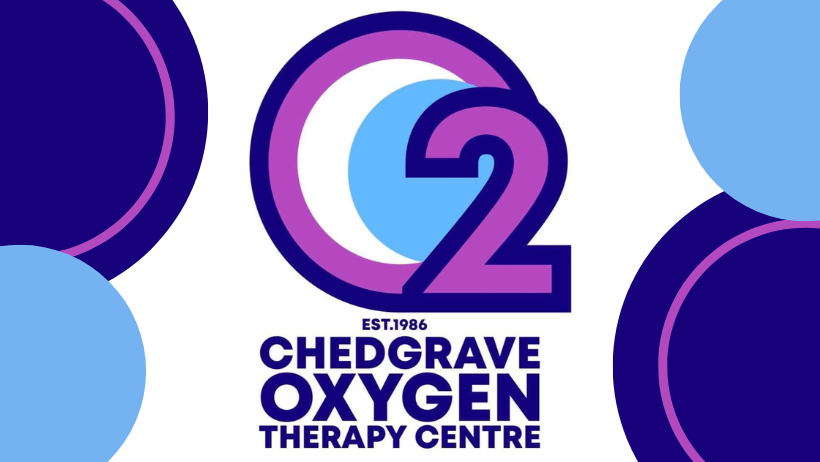Multiple Sclerosis is a chronic, unpredictable disease of the central nervous system (the brain, optic nerves, and spinal cord). It is thought to be an autoimmune disorder. This means the immune system incorrectly attacks healthy tissue, even though the immune system is designed to protect us from outside enemies, such as viruses or bacteria that cause illness.
MS is not considered a fatal disease as the vast majority of people with it live a normal life-span. But until the disease can be stopped forever, they may face a struggle to live productively, often with increasing limitations. Generally speaking, it is thought that MS does not have a single cause, but that a combination of a number of factors is likely to be responsible for causing the disease.
The nervous system is nourished by blood vessels that carry oxygen and nutrients throughout the white matter. In MS, errant T cells, key components of the body’s immune system, somehow leak out of the blood vessels and cause swelling and damage in the surrounding white tissue. For reasons not clearly understood, the cells produce messengers that attack the myelin sheath of nerve fibers. When this “demyelination” happens, the transmission of information through electrical signals that travel along the nerve fibers is inhibited. When the damage becomes significant, those with MS experience the characteristic symptoms of poor muscle coordination, numbness or tingling, weakness, fatigue and other problems.
Once the inflammation has subsided, special cells within the nervous system begin to repair the myelin that was damaged by the inflammation. This process is called “remyelination,” or restoration of the myelin. This cycle of damage and recovery occurs over and over in the white matter, often unnoticed, especially in early stages of the disease. When and to what extent problems become symptomatic depends on the location, the extent, and the severity of the inflammation. If the inflammation occurs repeatedly in the same place, the repair processes may not be able to “keep up,” and permanent damage to the axons may occur. When the inflammation covers a large area, it can often leave a scar in the nervous system, known as a “plaque,” which can be identified through an MRI scan.
Our Oxygen Therapy Centre helps as; oxygen is essential to every one of the tissues in the body and any tissue injury requires oxygen for healing. Recent research at the University of Dundee has show that, in the inflammation that is typical of Multiple Sclerosis, the transport of oxygen is severely limited by tissue swelling.
To read more on this click here!
Or to enquire today about our Oxygen Therapy services based in Norfolk:
